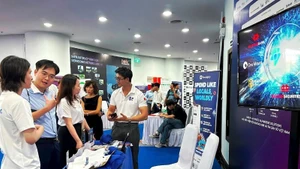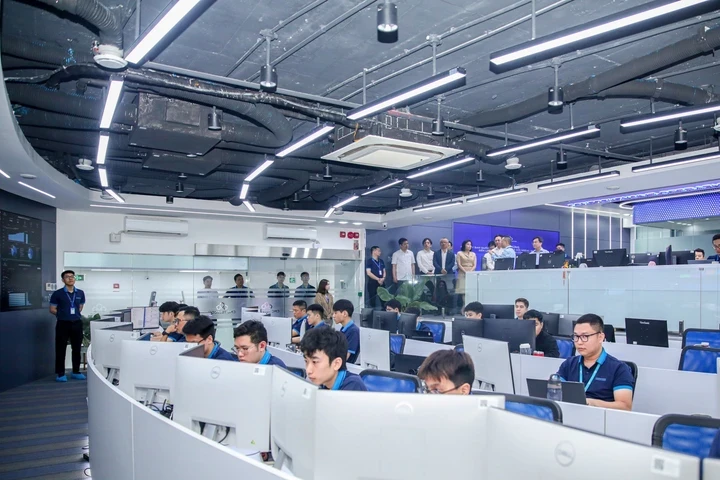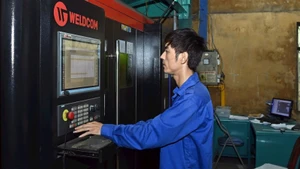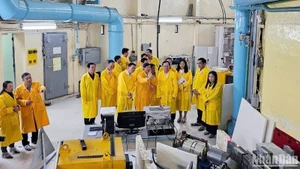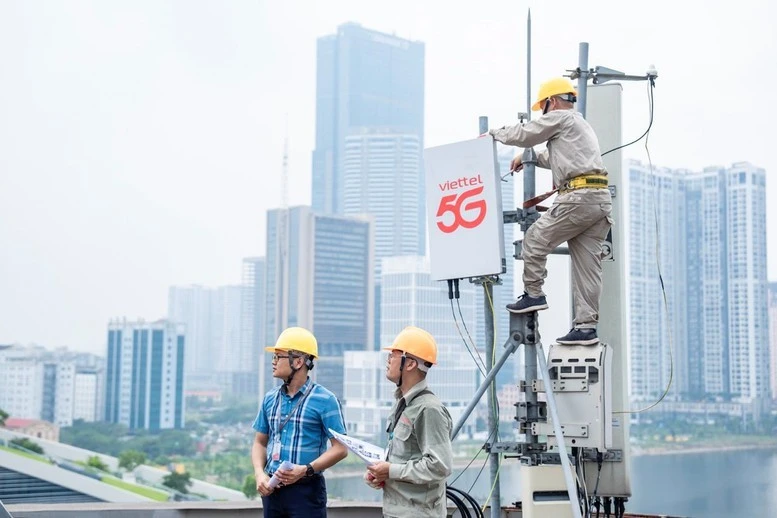The number of international publications on artificial intelligence in Vietnam is increasing, especially in prestigious international journals, and the number of inventions and patents is also increasing.
According to the Government's AI Readiness Index 2022 conducted by Oxford Insights, Vietnam ranks 55th globally and 6th in the ASEAN region, up 7 places compared to 2021.
The State has invested in AI research through science and technology programmes such as KC01, KC-4.0, KC13.
However, one of the major difficulties in researching and developing AI application products currently is the lack of infrastructure for high-performance computing (supercomputers, transmission lines, equipment).
In 2021, the Ministry of Science and Technology issued Decision No. 1678/QD-BKHCN on the plan to implement the national strategy on research, development and application of AI to 2030, with a focus on building big data infrastructure under the direction of the Government, because infrastructure is a decisive factor for growth and competitiveness based on AI.
So far, only a few public research institutions and corporations, such as FPT, Viettel, Vingroup, and CMC, have invested in computing infrastructure to meet the requirements of research and development of new products.
Most businesses, universities, and research institutes that want to train new-generation artificial intelligence models must rent foreign systems by sending data for calculation.
A technology expert said that renting foreign accounts is costly, leading to short rent times, with small models, while the speed is not stable and the risk of data leakage is very high.
In training, some universities share cloud computing infrastructure, supercomputers of foreign universities, or take advantage of "open" systems of major technology companies in the world. Meanwhile, the situation of equipment serving artificial intelligence research invested in public research facilities has not been effectively exploited.
Currently, many businesses and universities want to share research infrastructure invested by the State but there is no mechanism for shared use.
Equipment operators also do not have a mechanism to collect money from those who need to rent or spend money to operate and exploit the system effectively, making it difficult for them to arrange funds to maintain operations, especially with such high payments for electricity. Therefore, the infrastructure for artificial intelligence is both lacking and redundant.
According to technology experts, with the trend of developing products applying artificial intelligence, especially generative artificial intelligence, it requires a lot of memory in the computing system, requiring more computing capacity than the old computing infrastructure.
The goal of the Artificial Intelligence Development Strategy to 2030 is for Vietnam to be among the top four countries in the ASEAN region and the top 50 countries in the world in research, development, and application of AI.
Therefore, the state needs to quickly develop computing infrastructure and supercomputer centres for national AI research and development while providing access to and use of high-speed broadband networks and big data storage infrastructure.
The State needs to have a mechanism to allow the use of shared infrastructure so that public research institutions or private enterprises have the conditions to contribute to the country in addition to their own strategies, as well as avoid wasting AI infrastructure.






